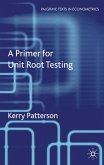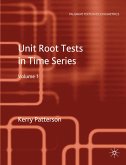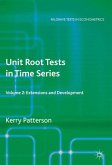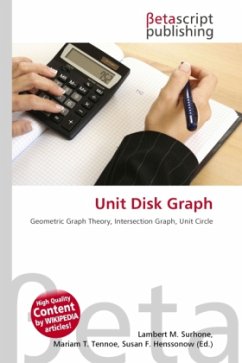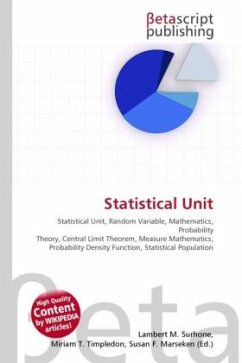High Quality Content by WIKIPEDIA articles! In time series models in econometrics, a linear stochastic process has a unit root if 1 is a root of the process's characteristic equation. The process will be non-stationary. If the other roots of the characteristic equation lie inside the unit circle, then the first difference of the process will be stationary. In statistics, the Phillips Perron test is a unit root test. That is, it is used in time series analysis to test the null hypothesis that a time series is I. It builds on the Dickey Fuller test, but unlike the augmented Dickey Fuller test, which extends the Dickey Fuller test by including additional lagged variables as regressors in the model on which the test is based, the Phillips Perron test makes a non-parametric correction to the t-test statistic to capture the effect of autocorrelation present when the underlying autocorrelation process is not and the error terms are not homoscedastic.
Bitte wählen Sie Ihr Anliegen aus.
Rechnungen
Retourenschein anfordern
Bestellstatus
Storno



